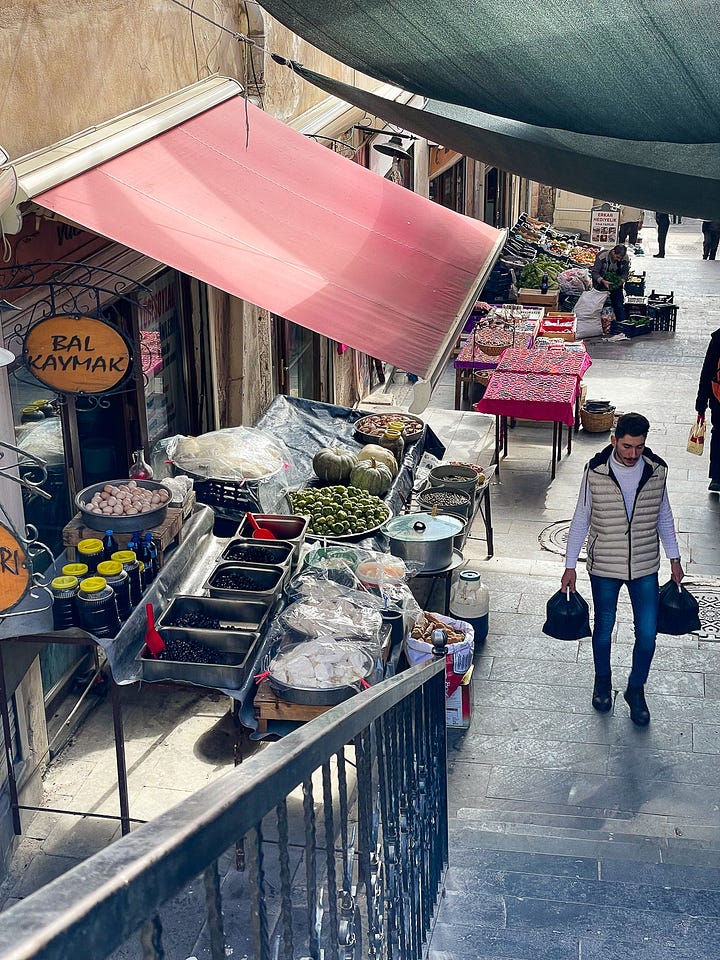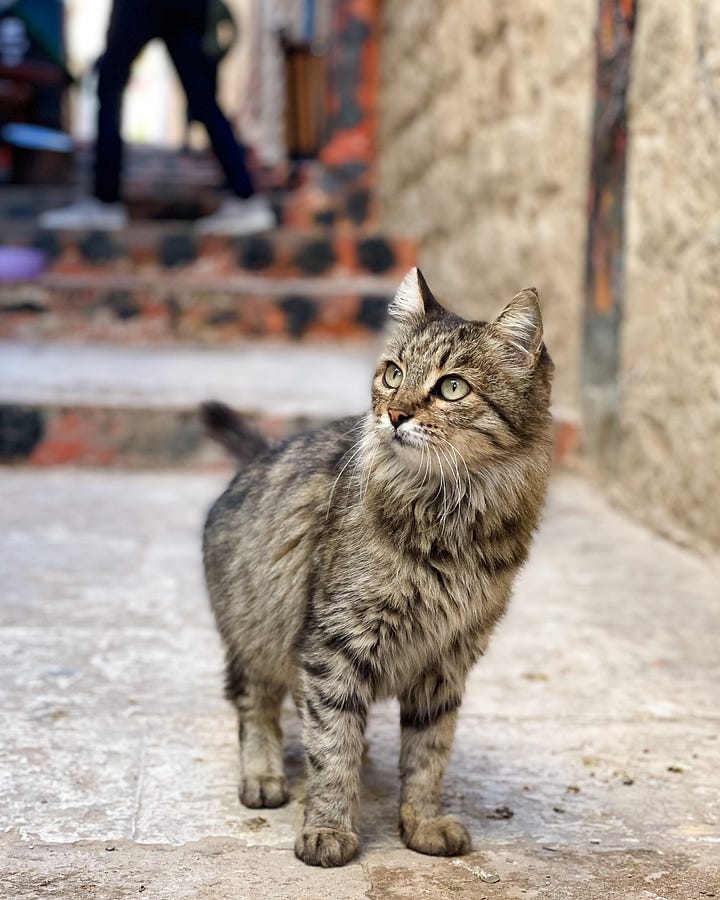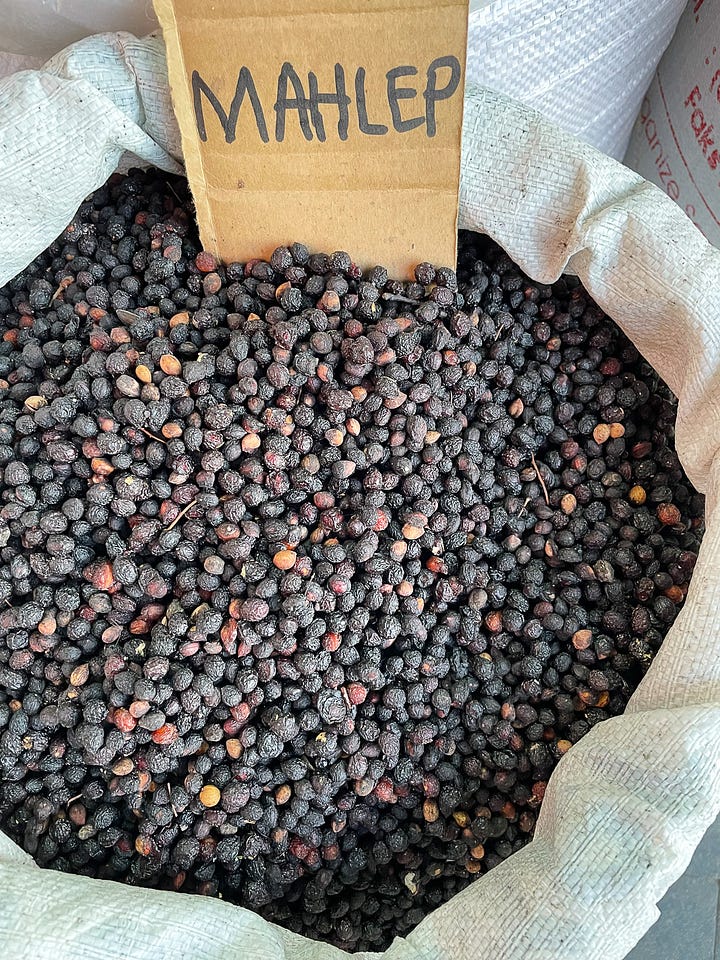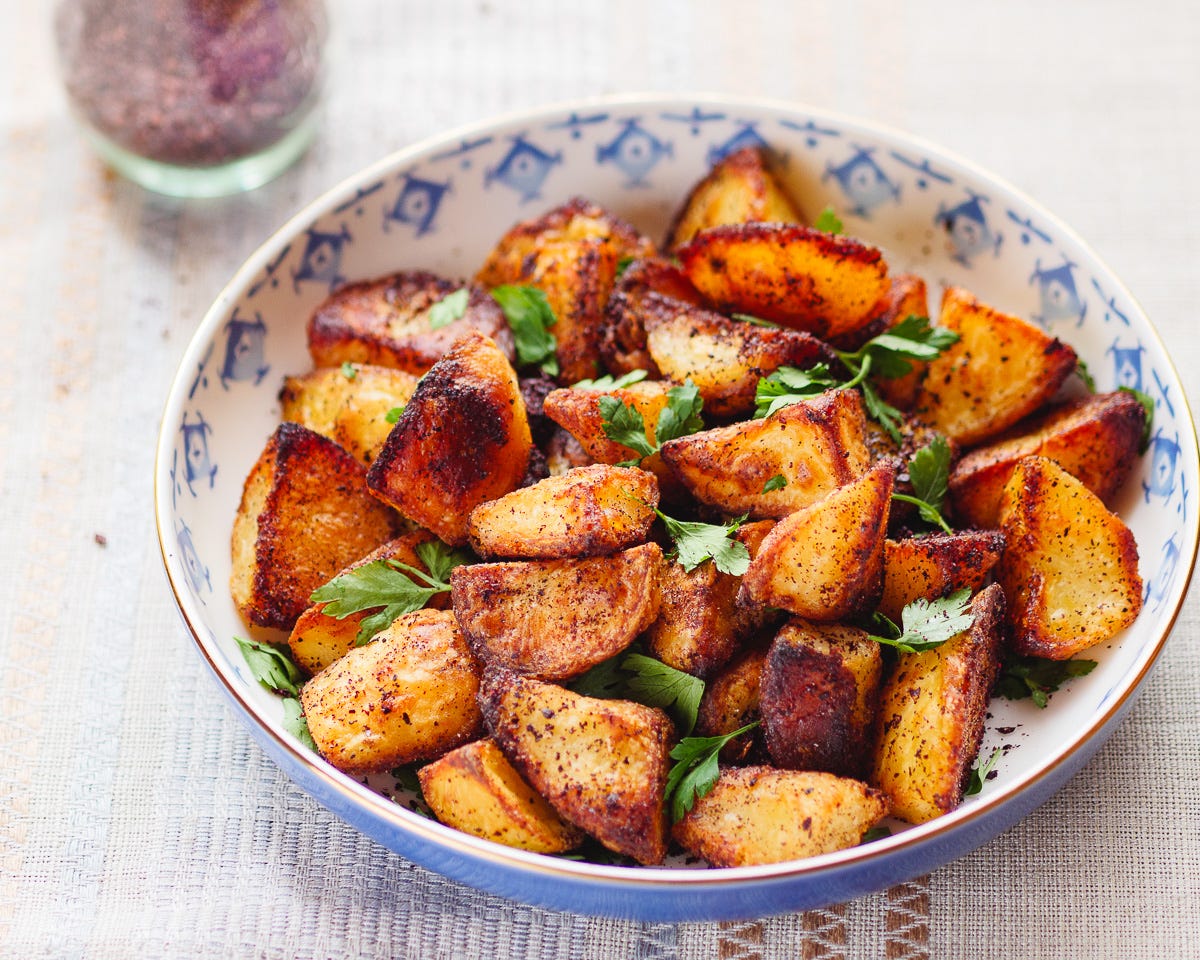Visiting Mesopotamia
The ancient city of Mardin is home to some of the most stunning Turkoman architecture.
Hey there,
Have you ever heard of the Mardin? Or Midyat? If not, surely you’ve heard of Mesopotamia, the ancient civilisation in which these towns came to life.
Last November, I had a chance to visit. Here’s the first part of an account of that trip, with the second coming next week.
Before diving in, I want to wish eid mubarak and iyi bayramlar to any readers celebrating this week. May it be a wonderful one with family and loved ones.
With all best wishes from Istanbul ☀️
Vidar
Mardin, November 2023. Part 1 of 2.
They say the early bird catches the worm, but now that my schedule is no longer dictated by the 9 to 5 (or – in my case – 9 to whenever), I try to avoid early morning flights. For short domestic trips, however, they’re often essential. I want to make the most of my time. Not that there usually any other options anyway, especially when travelling to smaller, far flung places.
And so it was that I found myself at Istanbul Airport at 7 in the morning, looking for the gate to Mardin.
Set on a rocky hill by the source end of the river Tigris, Mardin is known for its beautiful Artuqid architecture, which has been well preserved to present day. The Artiquds were a Turkoman dynasty that ruled this part of the world from the 11th to 13th centuries.

Its history is, of course, far more complex.
Like the rest of the region, this settlement has seen rulers and conquerors come and go, but for the past millennia or so, it’s mostly been under Turkish control in various ways.
What makes Mardin a unique city to visit today, is the architecture the Artiquds built and left behind, from mosques to medresas and other forms of islamic architecture.
This is where we start, as we head towards the old town of Mardin on a sunny late November morning.
A day’s stroll through Mardin’s old town
After navigating the winding, narrow streets of the steep hillside that’s home to the old town – praying to a God I don’t believe in that it’s a one way road and that no vehicle will come the other way – we got lucky. At the very end of the road, just outside our first stop, there was just enough space for a single car to park.
The Sultan Isa Medrese is a beautiful and monumental building. Recently restored, parts of it look almost brand new, but still grand. This is good work. Originally a külliye, a religious multi-use building (this one consisted of a mosque, a medresa and a mausoleum), it was later turned into a museum. Now it’s simply an attraction in and of itself. We pay 20 lira (70 cents) to enter.
Its courtyards are beautiful, with a wonderful play of sunshine and shadows showcasing the trickle of water from a fountain near the walls to a small bath in the courtyard, symbolising life from birth to grave. In the small rooms surrounding the courtyard, a small exhibition. The best part, however, is the upper floor, with its breathtaking views of the plains of northern Mesopotamia.



We take a few mandatory photos and, leaving the car behind, head down the narrow streets towards the centre of the old town by foot.
It’s a beautiful stroll, and before long we read reach the main street, full of shops and bakeries. We quickly take a side turn to find a local market. Mostly aimed at tourists, it’s charmingly set in a few narrow, almost hidden streets, in true souq-style. It’s off season and, I guess, still early, so we’re virtually alone.
Just looking at the buildings and architecture is a joy. Many of them have been recently restored and turned into boutique hotels or restaurants. Some have incredible views of the plains beyond the hillside to boot.


Almost equally enthralling – in Mardin like elsewhere in Turkey – are the many street cats. Some say they people’s love for cats (and dogs) is the most endearing thing about Turkish culture, and on this day, I’m inclined to agree. Their company on our otherwise relatively solitude stroll is very welcome indeed. An encounter with a donkey was equally enthralling!




The local city museum – patronaged by the Sabancı family, one of Turkey’s richest and most prominent – gives a little more recent history of the city.
A part about the harvest and making of bulgur catches my eye. Apparently, a tahhan amca («grinder uncle») would go around from family to family with an apparatus to turn their boiled and sun-dried wheat into bulgur. The women would sieve the bulgur to separate it into three sizes, each used for a different purpose.
As our legs were growing weary, we finally reached the entrance of the mosque that’s been so prominent from any angle throughout the day. Ulu Camii («[the] great mosque») likely dates back to the 1170s. It’s since been mostly destroyed (and rebuilt), but its iconic wooden minaret is apparently still original. The mosque is indeed beautiful, taking advantage of the stunning views with windows facing the large plains. We take a quiet moment in its courtyard before heading back up to the car, and onwards to the hotel for a bit of rest.
The local cuisine
At this point you’re probably wondering: But what did you eat?
The harsh truth is: The food is…not a reason to visit Midyat.
The traditional local cuisine is basic, mostly consisting of slow cooked meat with plain rice or bulgur. They may throw some almonds into the mix, but that’s mostly it. It feels very much like food which was eaten centuries ago, before the refinement and spices that came with influences from the grand kitchens of larger empires.



On the way back up from the mosque to the car, we did try a local restaurant promising local food, delicious flavours and elevated presentation. Despite a price tag that would raise eyebrows even in Istanbul, it delivered none of it. Such was the distance between what was promised and what was offered, one of my travel companions said this was the first time in his life he’d been swindled (the prevailing talk of the day was a swindling scandal involving a few famous footballers, a bank manager and millions of dollars). I won’t name the establishment, but if you happen to be travelling to Mardin and would like to avoid it, feel free to drop me a message.
There were still some interesting culinary experiences worth reporting back on, though.


The most notable local speciality I came across was a date stuffed, cardamom flavoured biscuit, known as Mardin Süryani Çöreği in Turkish (“Mardin Syriac cookie”). We got a batch from a bakery whose shelves spilled out onto the street, and enjoyed them very much with our coffee and tea. We even bought some to bring home as gifts. Simple, but tasty!
One of my favourite things to do on trips like this, is walking through the markets, with its sacks and boxes of produce. Here, huge sacks of sumac, coriander seed and mahleb – a cherry seed with a marzipan-like flavour that’s used to flavour bakes – particularly caught my eye. The (I can only assume more recently arrived) local famed artificially blue-coloured chocolate(?) almonds, not so much.




Mardin also has an – for Turkey – unusually high density of wine shops. It seemed like very few metres, there was a small shop selling Syriac wine, each more old school looking than the next. This would be a recurring feature of our trip even as we ventured outside of Mardin itself, and a feature I’ll return to in next week’s part two of this traveller’s letter.
🔜 Coming Sunday for paying subscribers:
Sumac roasted potatoes
I didn’t eat these on my trip to Mardin, but with the abundance of sumac in the markets there, it feels like they’d fit in nicely there. These potatoes are twice cooked, and if you haven’t tried roast potatoes and sumac before, you’re in for a treat.
This is a bonus recipe for paying subscribers only.











Cannot wait to go.
Mardin is one of my Turkish favourite cities. The bazar, the food, the atmosphere...